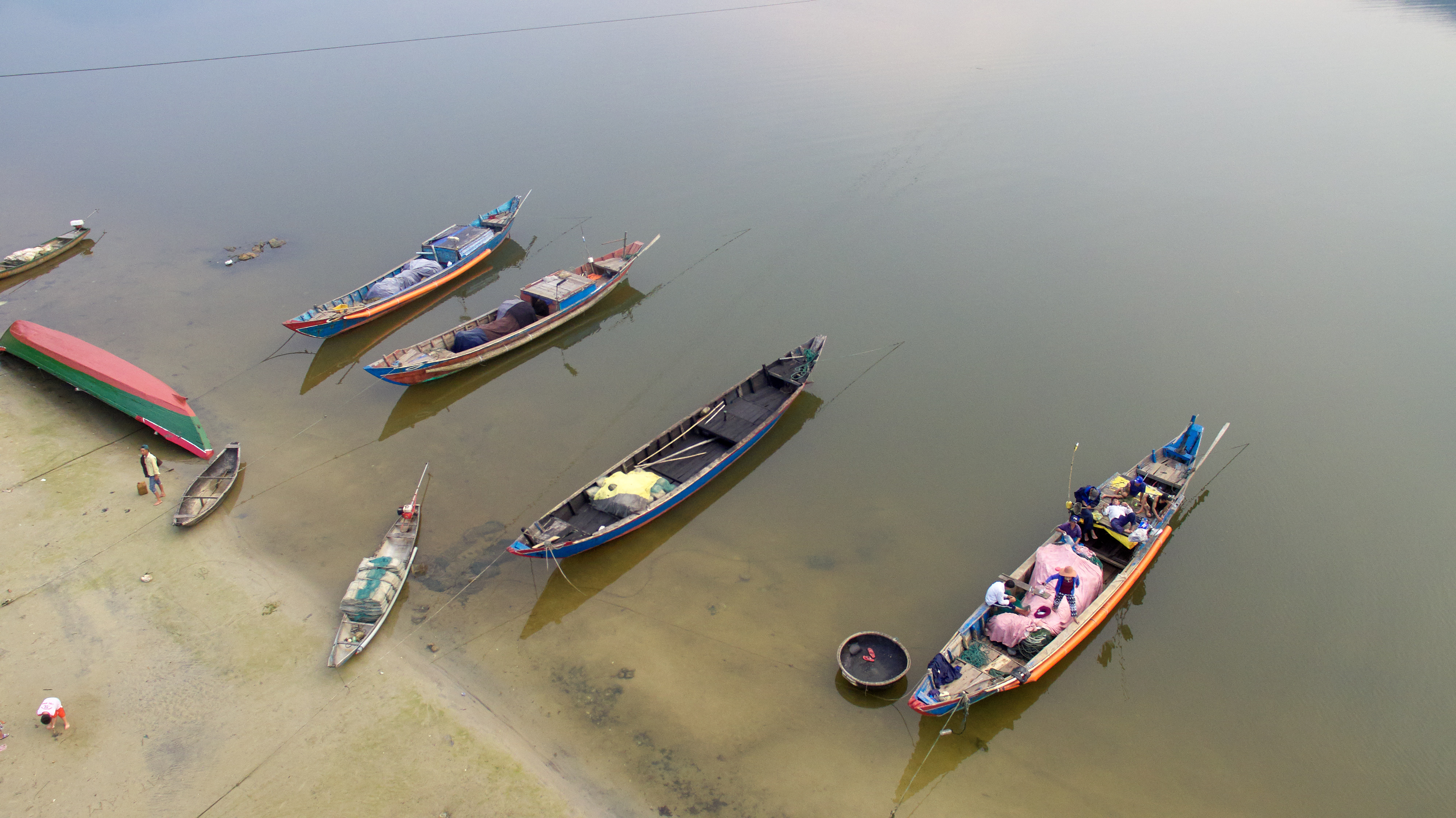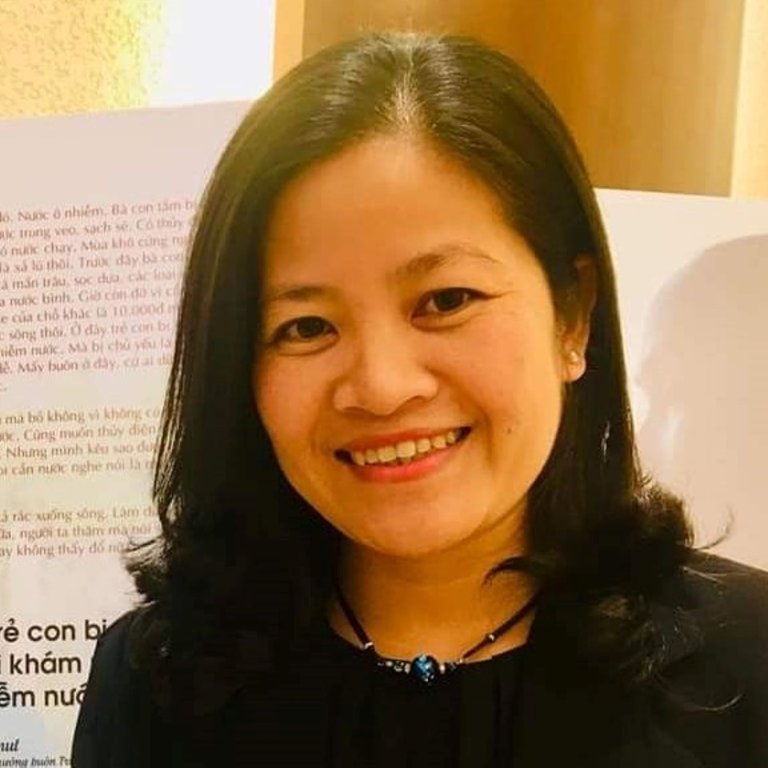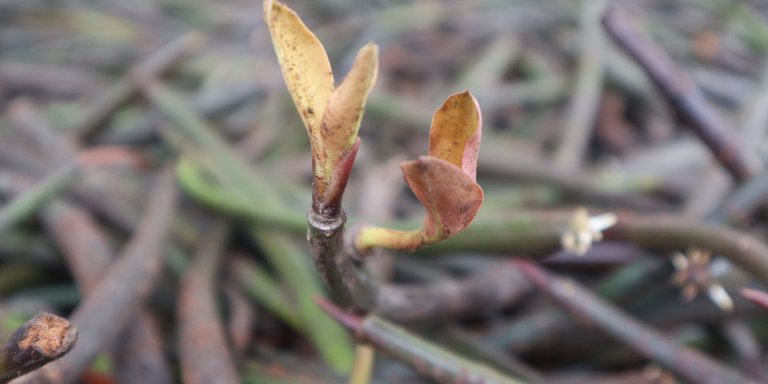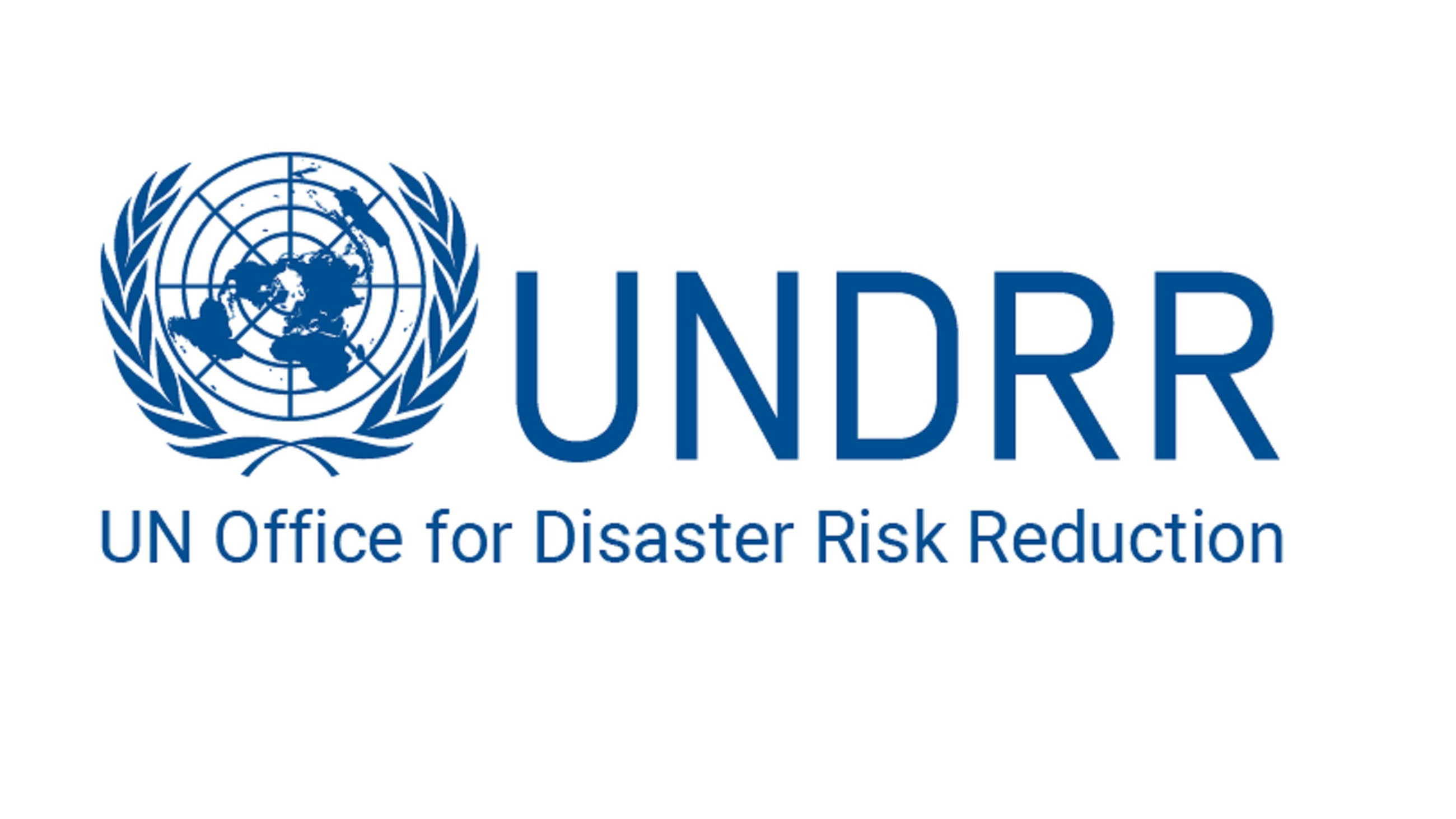
“Let’s get started” – Interview with My Pham and Philip Bubeck
properties.trackTitle
properties.trackSubtitle

This award is meaningful to a small-scale local NGO like CSRD. It recognises the efforts of people at grassroots level.
My, Philip, you won the 2021 RISK Award. What does this mean for you and the project?
It’s a great honour for us to win this prestigious award, which highlights the importance of ecosystems for disaster risk reduction and for the livelihoods of those who directly depend on local natural resources. It allows us to continue our work in Thua Thien Hue Province (Central Vietnam), where we aim to strengthen the role of women in disaster risk reduction by implementing ECO-DRR measures, in our case mangroves.
This award is meaningful to a small-scale local NGO like CSRD. It recognises the efforts of people at grassroots level. The award encourages us to keep up the good work and accomplish our mission in supporting vulnerable groups.
What will be the next steps?
One of the first steps will be to set up a community-run mangrove nursery at the Tam Giang Lagoon, jointly with members of the local Women’s Union. The seedlings can be used by the community to restore mangroves in their own neighbourhood. Moreover, we also want to create direct income from this ECO-DRR activity by selling the seedlings, thereby further supporting women through an additional income source. The period for collecting seeds and propagules to begin the nursery is
July–September 2021. We will also perform an evaluation of this measure with regard to its efficiency and the wider economic values generated by this example of ECO-DRR at community level.
Why do you focus on women?
Women are commonly considered vulnerable to natural hazards such as flooding in Thua Thien Hue. For example, women play a significant role in many of our customs, such as ensuring food security for their families and caring for elderly and young family members. We see that women also tend to face greater danger during disaster events. Additionally, we see that their livelihoods are more dependent on natural resources that are under the threat of flooding. Women also tend to face a larger workload to recover their lives after floods for this very reason. On the other hand, we are aware that women are considered agents of change as regards flood resistance in their communities. In our previous projects, women’s groups have been good partners contributing to the sustainability of actions against the threat posed by flooding. Providing them with the opportunities offered by our project means further enhancing their roles in flood resilience at the grassroots level.

Women are commonly considered vulnerable to natural hazards such as flooding in Thua Thien Hue. Providing them with the opportunities offered by our project means further enhancing their roles in flood resilience at the grassroots level.
What kind of natural hazards do you tackle with your project?
In our work, as you can see, we mainly focus on the threat posed by flooding. As a coastal province, Thua Thien Hue is vulnerable to flooding from the sea, severe rains and from its many rivers. Just last October, this province was affected by one of the worst floods in recent decades, impacting more than 70,000 households.
How do you ensure sustainability?
The project will provide direct income from selling mangrove seedlings and may use this revenue for a common fund supporting both livelihoods and mangrove-protection activities. Moreover, the mangroves will also create better habitat for fish species in lagoon areas, bringing more sustainable livelihoods for people living around the lagoon (as fishing is one of the major industries). Our project meets local needs, as community representatives have expressed that they are satisfied with the project results in the previous phase. They want to keep up this good work for their future generations.
Where do you see the project in two years’ time?
In two years’ time, we will have established a sustainable mangrove nursery that contributes to community and ecosystem resilience along the Tam Giang Lagoon. Also, one of several laywomen’s theatre groups will have received the first Eco-DRR Theatre Award. Theatre performances on disaster risk reduction and the importance of ecosystems, in our experience, are an excellent risk communication tool that we would like to use and evaluate in the next two years.

Will your project only work in Thua Thien Hue?
We focus on Thua Thien Hue Province, where Southeast Asia’s largest brackish lagoon is located. But our case could be replicated in other regions along the coastline of Vietnam, and potentially further afield, as a model for successful outcomes.
Thank you very much for the interview.



